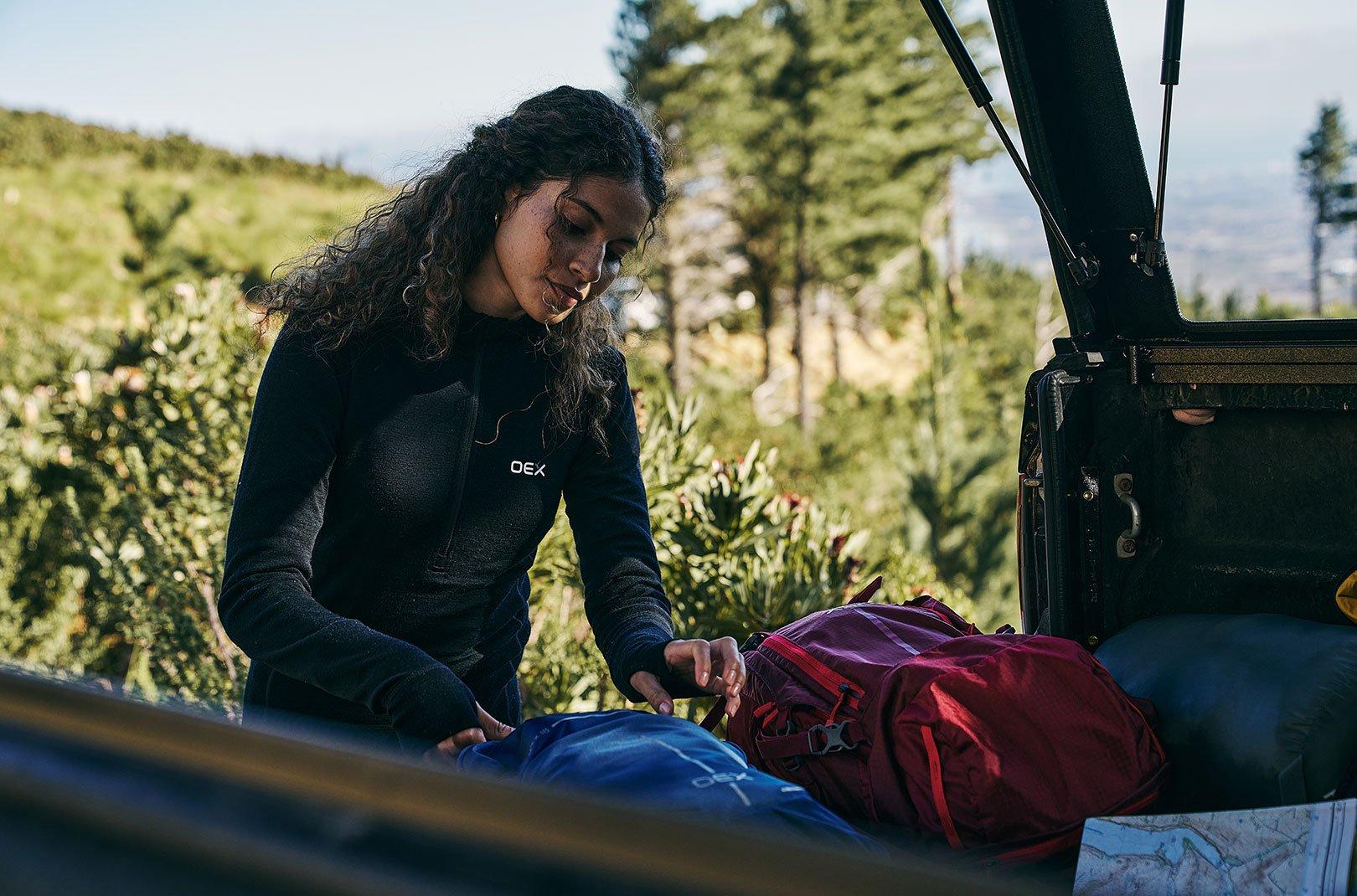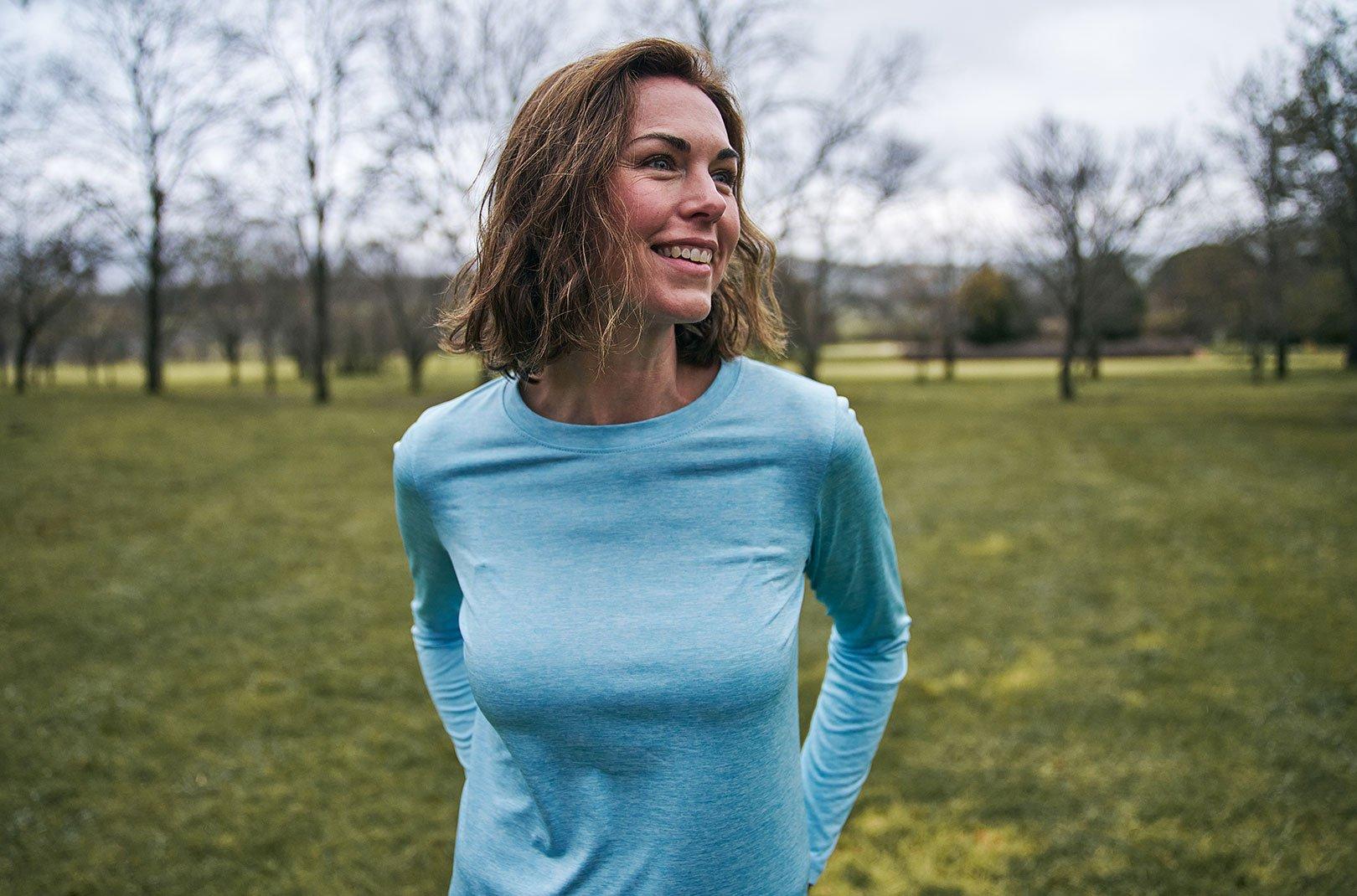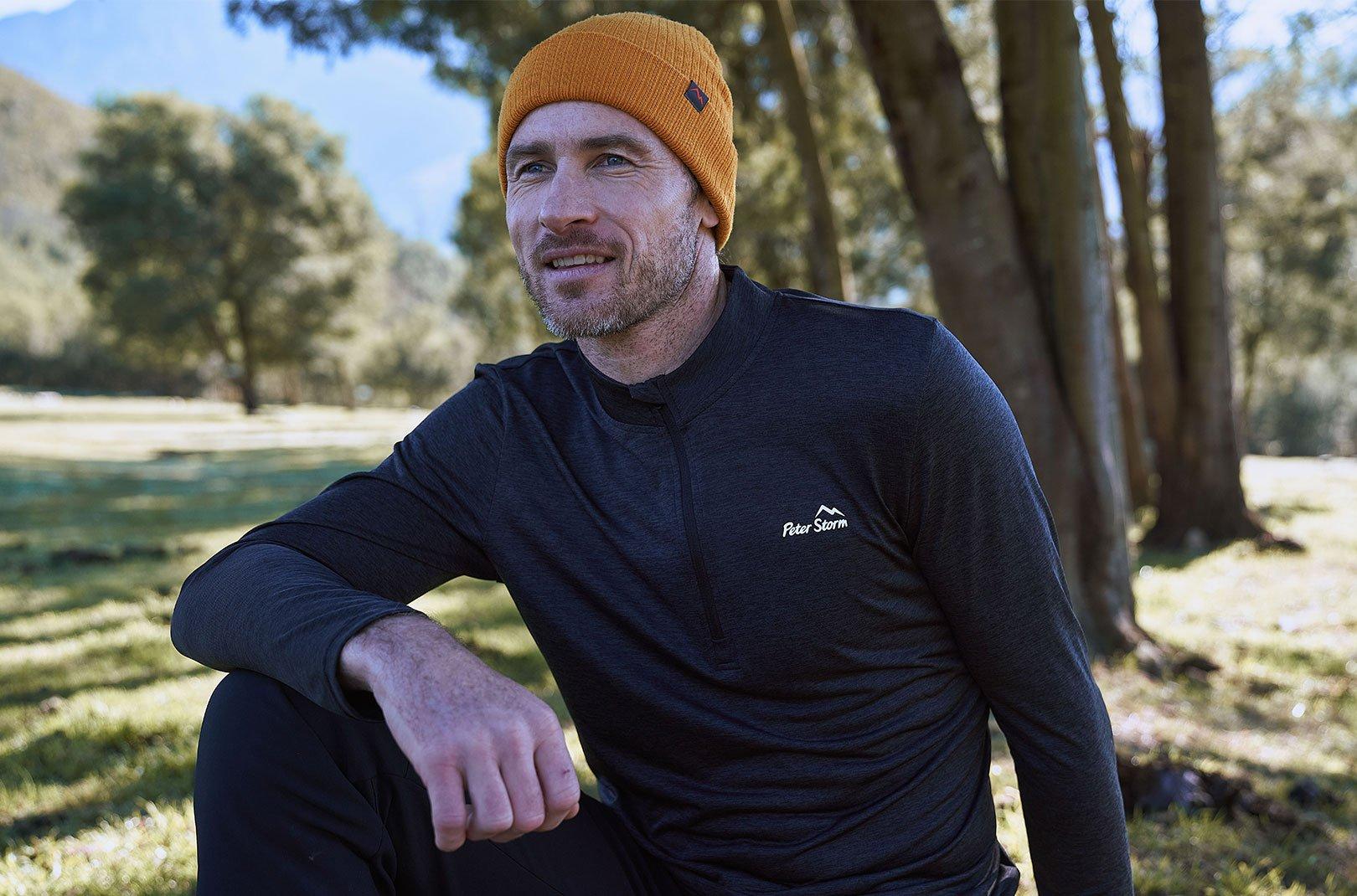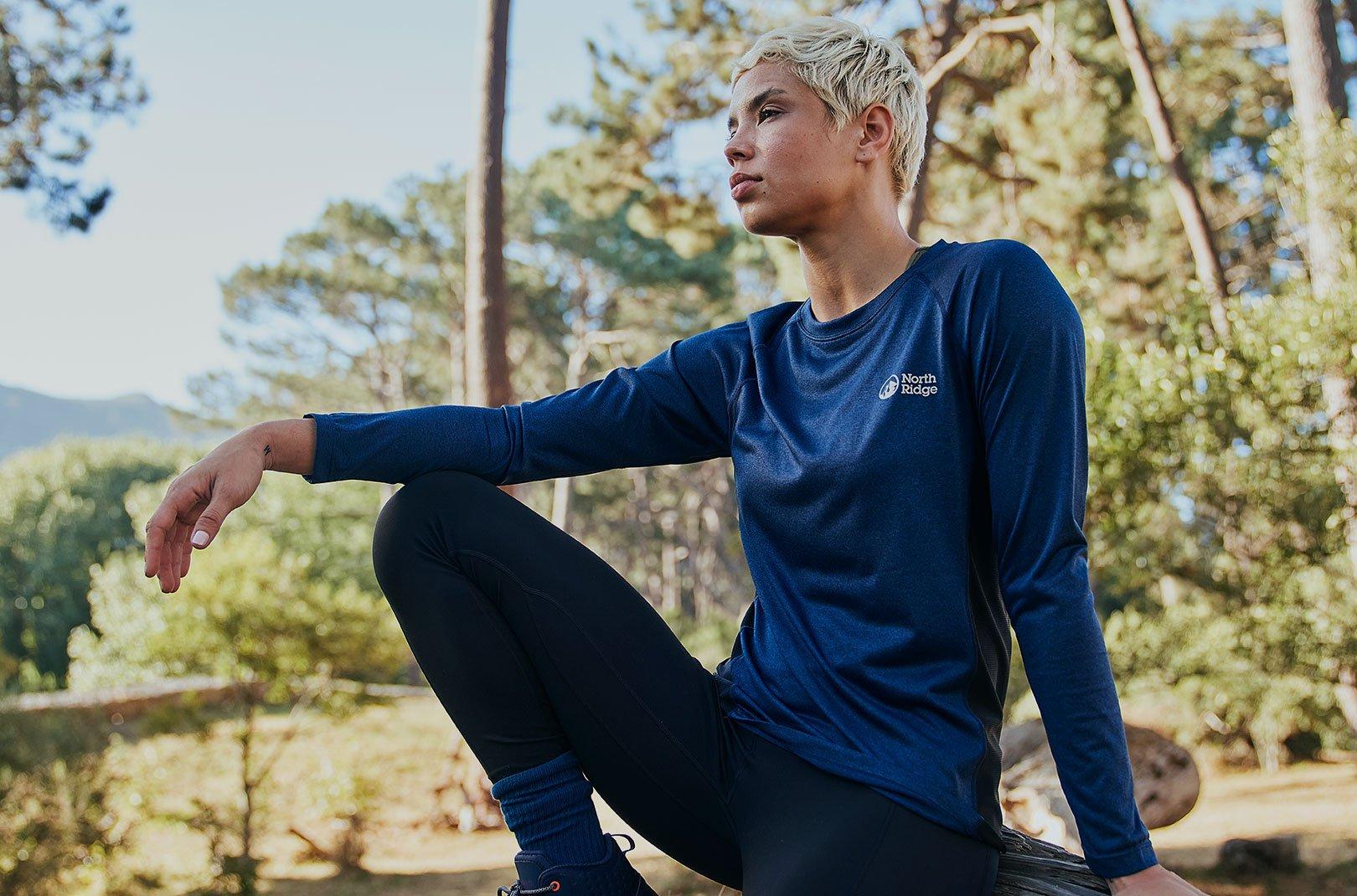Keeping warm on those winter walks all starts with a decent baselayer. Take a look through our expert guide and learn everything you need to know before layering up.
What is a baselayer?
Baselayers are almost like a second skin. They’re your first layer of insulation, so it’s important to get it right. The ideal baselayer will sit tight on your skin and wick sweat away from the body to keep you feeling comfortable as well as warm.
Modern baselayers can be expensive, so it’s not surprising that some people go with the cheaper option of cotton layers. This isn’t a good move – cotton fabrics retain moisture and are far less durable.
What fabrics are baselayers made from?
Synthetic:
The vast majority of baselayers on the market are manufactured using man-made synthetic fabrics, most commonly polyester or a polyester blend. They are a lightweight and affordable option, but not quite as effective as the merino wool equivalents. That said, they're still very versatile and suitable for numerous activities including running and cycling.
Many modern synthetic fabrics will have anti-bacterial treatment to prevent odours too.
Merino wool:
When it comes to comfort and warmth, Merino wool baselayers are unrivalled. Sourced from the Merino sheep breed, Merino wool has a natural ability to regulate body temperature. Unlike most types of sheep’s wool, it’s stretchy, lightweight and breathable, making it perfect for constructing a baselayer.
Merino wool baselayers are quite a bit pricier than synthetic counterparts. However, they offer a touch more warmth and feel much softer against your skin. It’s a naturally antibacterial fabric too, so it’ll prevent odours and leave you feeling fresh after your run.
Bamboo:
Bamboo is a relatively new option for baselayer wearers to consider. The majority of Bamboo baselayers blend sustainably sourced bamboo extracts with other fibres such as cotton, Lycra or Merino wool to achieve all-round performance.
It may be an eco-friendly fabric, but that doesn’t impact its performance. It’s still just as effective as other fabrics at wicking away moisture and preventing bacterial odours.
Bamboo baselayers are extremely soft too, so they’re ideal for anyone with sensitive skin that becomes irritated by wool or polyester.
They feature a tighter fit than most other baselayer types and hold their shape really well too which is a bonus.
How thick should a baselayer be?
Thickness (or weight) determines how warm a baselayer is. The heavier it is, the warmer it’s likely to be. There are essentially three different baselayer weights to choose from.
Lightweight:
Designed to be worn next to your skin, this layer should feel comfortable and fit neatly for optimal breathability and moisture management. It’s best for vigorous activity in cool conditions.
Midweight:
Midweight baselayers can work as an insulating first layer or as a second worn on top of a lightweight baselayer to double-up on warmth.
On their own, midweight baselayers are ideal for moderate exercise in cold conditions.
Heavyweight:
Not typically worn as a first layer, heavyweight baselayers are designed to combat the very coldest conditions. Combine with thinner layers to achieve ultimate heat retention, but remember this will have an adverse effect on breathability and moisture control.
When should I wear a baselayer?
Baselayers are unrestrictive, so you can wear them for pretty much any outdoor activity.
Recommended use:
Mountain sports (skiing, snowboarding etc.) – body temperature control in cold mountain climates
Cycling – lightweight, streamlined layer of warmth
Walking and running – non-invasive insulation worn under shorts and t-shirts.
How should a baselayer fit?
It’s important to get the fit right when choosing a baselayer. A poorly-fitted baselayer can be uncomfortable and ultimately, ineffective.
If it’s going to be the layer that sits closest to your skin, so you'll want a snug fit that avoids bunching and skin irritation. The purpose of the baselayer is to help conserve body heat while wicking away any excess moisture, so keep it tight.
You’ll often find that heavyweight baselayers have a slightly looser fit to accommodate an extra layer underneath. It should still sit pretty tight to the body though, otherwise air will be able to travel through and cause heat loss.
Tops:
Again, you should be looking for a tight fit. Use your standard t-shirt size when picking a baselayer top as it will be snug by design, no need to size down to make it any tighter.
Baselayer tops are available in short sleeve, long sleeve or sleeveless cuts depending on how warm you want to be.
Bottoms:
Baselayer bottoms are also designed to fit close to your skin. However, they still provide you with the right amount of flexibility and freemovement. Perfect for snow sports, running and cycling as well as under casual clothing on cold winter days.
Cleaning your baselayers
It’s important to keep baselayers clean as they can start to smell unpleasant after absorbing sweat and body oils. Don’t worry though, there are lots of products available to keep you and your baselayers feeling fresh.
There are a range of high-performance garment cleaners and conditioners out there that are designed specifically for use on baselayers (both wool and synthetic). These products don’t only remove odours; they also help prevent future build up.
They may just look like a thin layer of clothing, but baselayers really pack a punch when it comes to warmth. Shop our range today and get layering!










